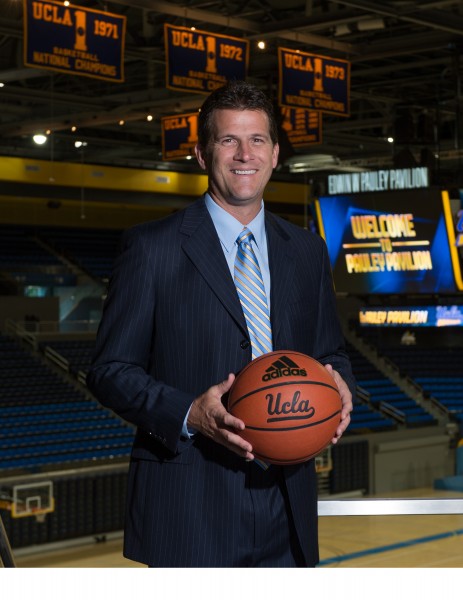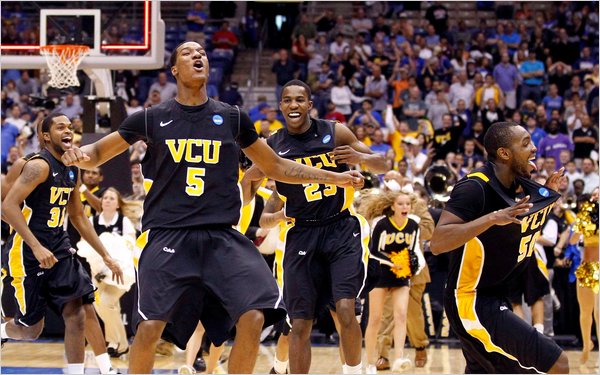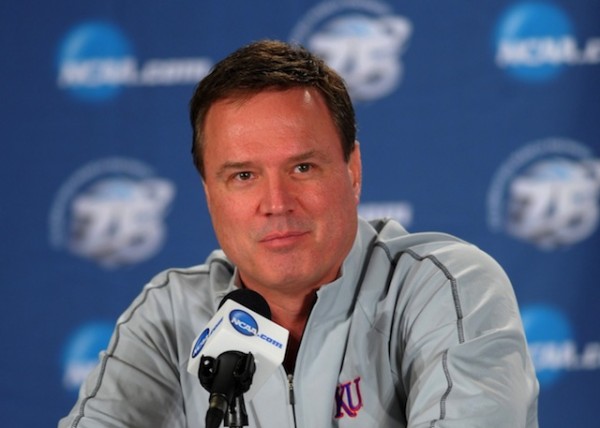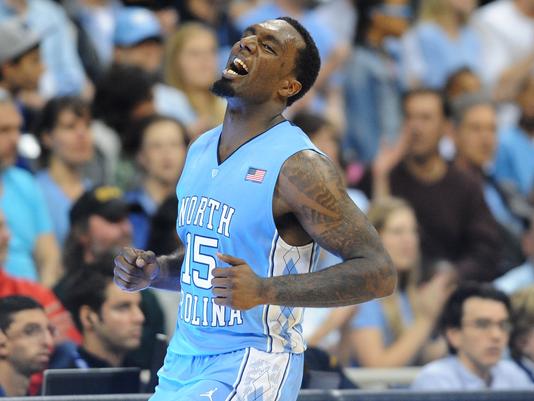
Rush The Court is back with another edition of One on One: An Interview Series, which we will bring you periodically throughout the offseason. If you have any specific interview requests or want us to interview you, shoot us an email at rushthecourt@yahoo.com.
The great history and tradition of UCLA basketball hit some bumps over the past couple of seasons, so after an embarrassing loss to Minnesota in the 2013 NCAA Tournament, Bruins athletic director Dan Guerrero and the school’s administration decided to make a coaching change. Just six days after Ben Howland was relieved of his duties as the head coach, the school announced that it had reached an agreement with then-New Mexico coach Steve Alford to take over the reins of the program in Westwood. Alford is what one would call a basketball lifer. Growing up as the son of a high school coach, he was always around the game which helped him develop into one of the best players in Indiana high school history. Following an illustrious prep career, Alford went on to play at Indiana where he was the team MVP for all four of his seasons in Bloomington under Bob Knight and a star as a consensus 1st team All-American on the 1987 National Championship team. After a four season NBA career, Alford began a coaching career that has seen him make stops at Division III Manchester College, Missouri State, Iowa, and New Mexico. With a 463-235 career record and seven NCAA Tournament appearances under his belt, Alford and his style of basketball were just too attractive for UCLA to pass up in its coaching search. After speaking with the new USC coach Andy Enfield last week, RTC correspondent Walker Carey recently had the pleasure of speaking to the other new coach on the Los Angeles college basketball scene — UCLA coach Steve Alford — about his career, his new team at UCLA, and his outlook on the future of Bruins basketball.
Rush the Court: You accepted the UCLA job on March 30. How has the transition to the new job been and what have you been able to accomplish since that date

Only 48, Alford Came to UCLA With a Long Coaching History Already Behind Him (Don Liebig/ASUCLA Photography)
Steve Alford: We have just hit the ground running. When you go from having a real experienced team coming back at New Mexico – probably my best team. We were not going to have to do a whole lot of recruiting of the team and the classes in the future because we had everything in line with guys coming back and those type of things. It looked like it was going to be a casual offseason, but all of a sudden you make the transition and you start recruiting not just the 2014 class, but you also start recruiting your current team because they do not know you and they do not know your staff. We may have spent more time with our current team than anywhere else. We needed to go in and build that trust – and that takes time. I think over the last four months it has been a balance of all of us as families making a move to the Los Angeles area and that is transition, building trust and recruiting the players on the UCLA team, and getting a move on recruiting the 2014 and 2015 classes.
RTC: UCLA’s history and tradition is arguably the best in college basketball. How much was that a factor in you deciding to make the move to Westwood?
Alford: Probably a lot. It is not just the tradition, but what UCLA stands for as an institution. I have been here four months and no matter what building you walk into or what people you bump into – whether they be administrators, faculty members, students, athletes, or coaches – the whole campus just embodies excellence. The ability to come to a place where excellence is stressed in training, preparation, and taking care of the student-athletes (both academically and athletically) to prepare for an incredible future was very, very intriguing. Additionally, growing up in the state of Indiana and I was obviously a huge Indiana fan because of Coach Knight, but I also had an incredible understanding of John Wooden and the four letters of UCLA, which exposed me to their history and tradition. Growing up in Indiana, the two programs I followed the closest were probably Indiana and UCLA.
Read the rest of this entry »

















































